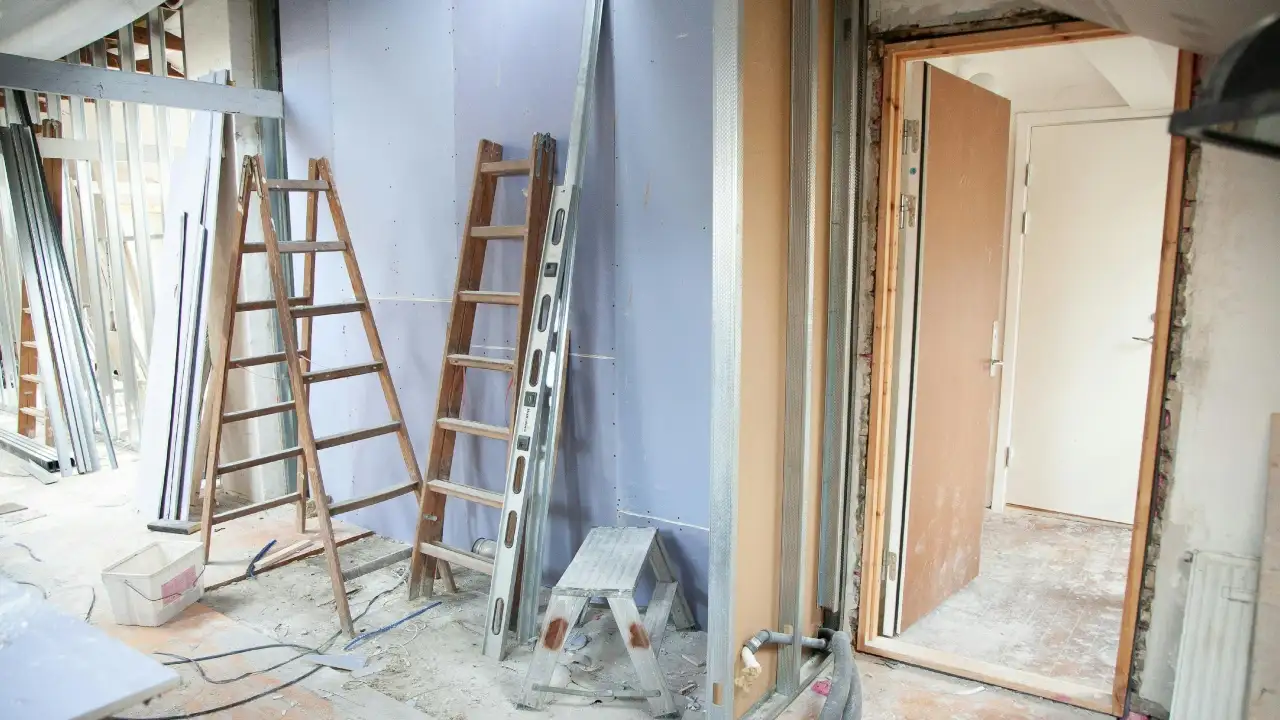When was the last time you looked around your home and thought, “Yeah, I’m good for the next decade”? Probably never. Houses age in dog years, and the pace of wear feels even faster when heating bills climb, storms roll through more often, and property values hinge on curb appeal that ages like milk. In this blog, we will share upgrades that every homeowner should think about.
Taming Energy Use Before It Controls You
Heating and cooling systems tend to work harder than they should, mostly because homes lose energy in dozens of tiny, invisible ways. Adding attic insulation, sealing gaps in ductwork, and upgrading to a smart thermostat are practical steps that cut monthly bills. The tech angle here is worth noting—utility companies and even local governments are pushing for efficiency upgrades, offering rebates and incentives that didn’t exist a few years ago.
Energy efficiency is no longer about “being green” in a purely symbolic way. It has become a financial strategy. In cities with strained power grids, energy-hungry homes can face time-of-use rate hikes that turn air-conditioning into a luxury during peak hours. Smart home systems can automatically adjust temperature settings when energy costs spike, giving owners direct control over expenses in a way that was science fiction twenty years ago. These systems also generate data, and the insights they provide can point to further improvements.
Strengthening Your Home’s First Line of Defense
Upgrading windows and doors is not just about getting rid of drafts or sticking frames. Energy costs are rising, and extreme weather events are no longer rare news items—they’re part of the annual cycle. Modern replacements, especially those from Statewide Windows & Doors, can improve insulation, reduce noise, and offer stronger protection against high winds or debris. In many regions, insurance companies are already factoring in the quality of a home’s openings when calculating premiums. That means an upgrade can lower long-term costs while improving security.
The benefits go beyond keeping rain out. High-performance glass can block UV rays that fade furniture and flooring. New locks and reinforced frames can also deter break-ins, an issue that has been creeping upward in suburban and urban statistics alike. With these changes, you’re not just refreshing the look of the home; you’re also adapting it to the environmental and social realities of the present. The return is both tangible in savings and intangible in peace of mind.
Water Management That Doesn’t Wait for a Crisis
Water damage doesn’t respect your calendar or budget. Leaks in the roof, clogged gutters, and poor grading can cause structural problems that spiral out of control. Adding a sump pump with battery backup, installing water sensors under sinks, and improving drainage around the foundation can prevent thousands of dollars in repairs. These upgrades often stay invisible until they save the day, which is exactly how you want it.
This is an area where climate patterns matter. Heavier rainfall and unpredictable storm seasons have increased the risk of flooding in areas that previously had little to worry about. Insurance maps are being redrawn accordingly. For homeowners, that means waiting for a “sign” before acting is no longer smart—it’s gambling. Preventive upgrades cost far less than emergency reconstruction and keep the property value intact when it matters most.
Lighting That Works for You, Not Against You
Lighting upgrades are often underestimated, but they carry weight in both function and perception. LED fixtures last years longer than incandescent bulbs and use a fraction of the energy. Adding motion sensors to exterior lighting improves security, while layered lighting indoors makes spaces more versatile. The right lighting can make a kitchen feel modern or a basement usable without changing a single piece of furniture.
Current supply chain trends have made high-quality fixtures more affordable, and the options now range from minimalist to ornate without the markup that used to come with “designer” labels. There’s also a practical safety angle—better lighting reduces the risk of falls, especially in entryways and staircases. For older homeowners, that is more than an aesthetic choice; it’s a direct investment in livability.
Storage That Actually Works
Clutter has become a silent stress factor in many households. Custom closets, built-in shelving, and garage organization systems can transform chaotic spaces into functional ones. The pandemic years amplified this need as people accumulated more “just in case” items, from workout equipment to pantry staples. Storage upgrades aren’t just about neatness—they make the home feel larger without adding a single square foot.
Even small changes like pull-out kitchen shelves or over-the-door racks can reduce frustration. In resale terms, buyers increasingly notice storage solutions during walkthroughs. It signals a home that has been thought through in terms of daily function, not just appearance.
Adapting for the Long Haul
Aging-in-place features, such as wider doorways, walk-in showers, and lever-style handles, are no longer just for retirement planning. Multi-generational households have become more common, and designing for accessibility adds flexibility for any stage of life. These upgrades often blend seamlessly into the home’s style when planned early, avoiding the “retrofit” look that can happen when changes are made under pressure.
This forward-thinking approach aligns with broader housing trends. As mortgage rates keep many owners from trading up, the focus has shifted to making existing homes more adaptable. The investment in accessibility is also a hedge against future mobility needs, whether for yourself or for guests.
Outdoor Spaces That Earn Their Keep
Patios, decks, and screened-in porches have moved from “nice to have” to “must have” for many buyers. Outdoor upgrades extend living space and create options for dining, working, or relaxing in fresh air. The surge in outdoor heaters, shade structures, and weather-resistant furniture reflects a shift toward using these areas year-round.
Garden improvements, from raised beds to drought-tolerant landscaping, tie into both food security concerns and water conservation efforts. With many municipalities placing restrictions on water use, planning an outdoor space that thrives without constant irrigation can be both practical and appealing.
Why These Choices Matter Now
Home upgrades are not just about aesthetics or even comfort anymore. They intersect with energy policy, climate resilience, insurance costs, and market value. The same decision that keeps your home warmer in winter might also lower your carbon footprint, increase your resale appeal, and qualify for a rebate.
In the current housing climate, owners who treat upgrades as strategic investments rather than cosmetic extras stand to gain the most. The goal is to make choices that serve immediate needs and remain relevant for years to come, regardless of shifting styles or market trends. That’s how a home stays ready for whatever comes next.

